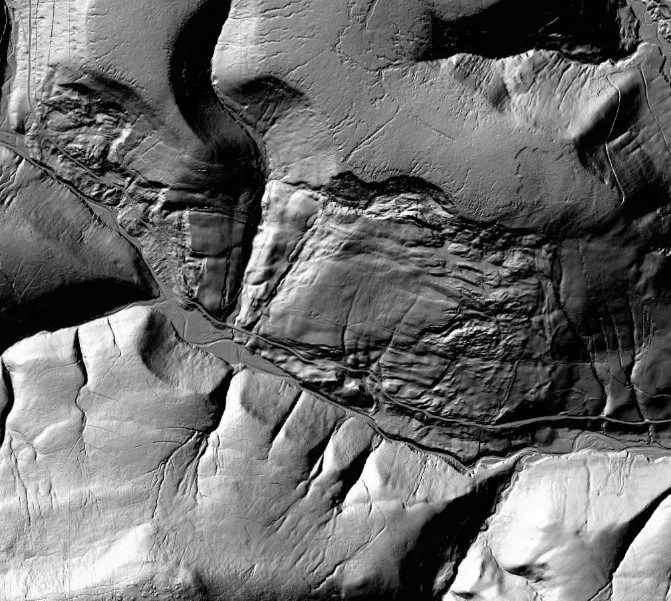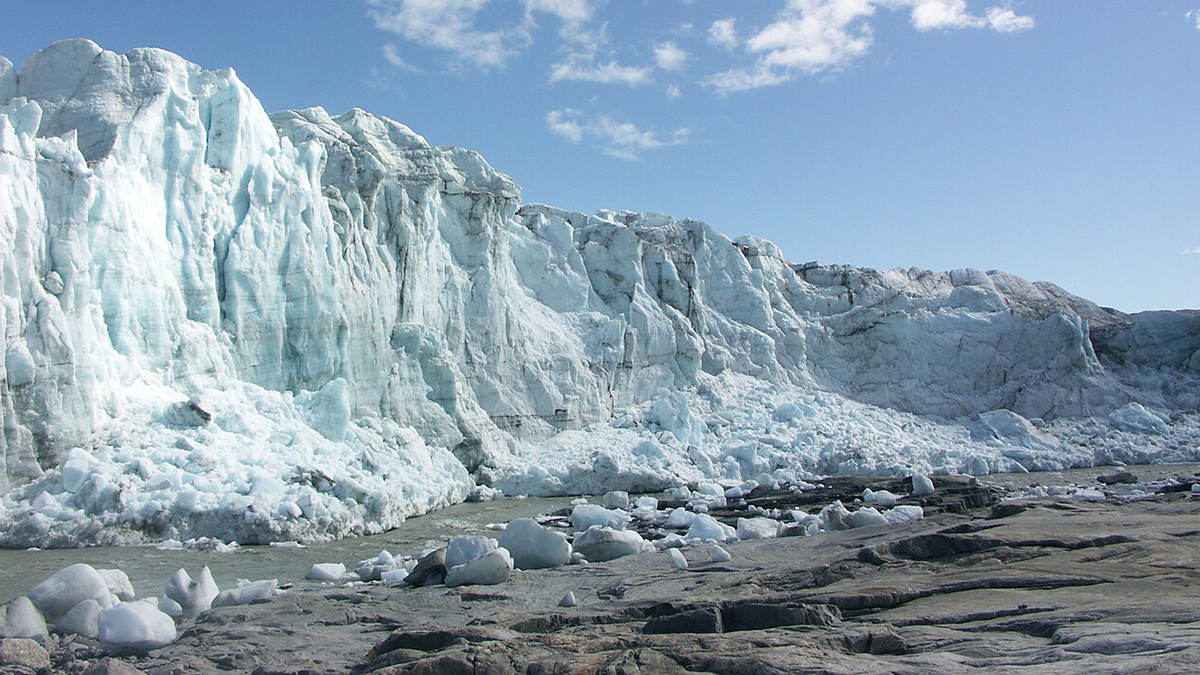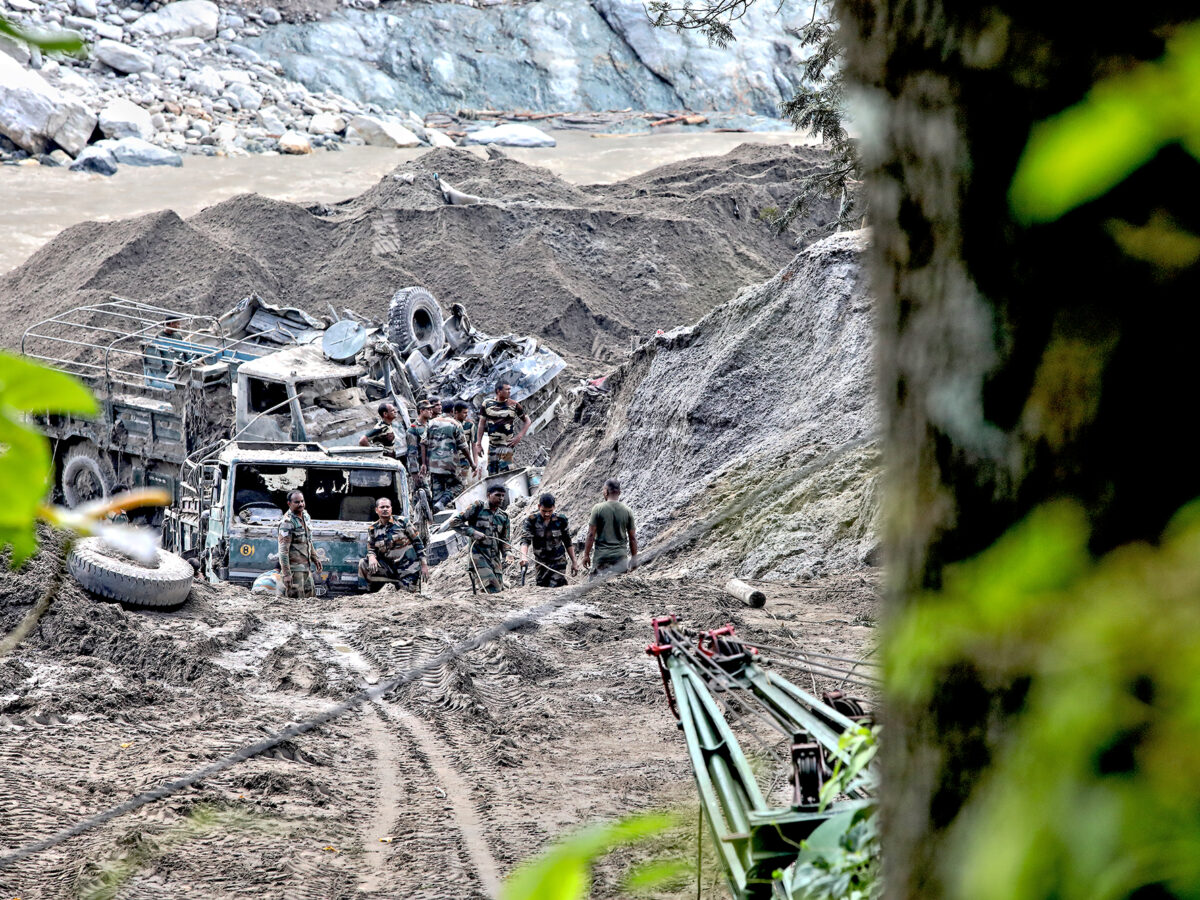The Landslide Blog is written by Dave Petley, who is widely recognized as a world leader in the study and management of landslides. BBC News ran an item yesterday about the Snake Pass, the major road that links the two major northern English cities of Manchester and Sheffield. The Snake Pass is a beautiful highway, […]
glaciers & ice sheets
Which Greenland Outlet Glaciers have Subglacial Channels?
A new study provides insights into where the channels that drain subglacial water from underneath the Greenland Ice Sheet are most likely located.
The 3-4 October 2023 Sikkim GLOF: drivers, causes and impacts of a multihazard cascade
Our new paper in the journal Science provides a detailed analysis of the causes and consequences of the terrible landslide-triggered Glacial lake outburst flood (GLOF) that struck northern India late in 2023. The Landslide Blog is written by Dave Petley, who is widely recognized as a world leader in the study and management of landslides. […]
Thawing Permafrost Helped Trigger Ancient Icelandic Landslides
New research shows that warming beginning about 13,000 years ago contributed to a proliferation of landslides in Iceland.
People Are Grieving Ecosystem Loss. How Can Public Land Managers Plan Accordingly?
From hordes rushing into national parks to mourners holding glacier funerals, tourists wanting to take in threatened natural places may be shifting visitation patterns.
Beneath Greenland, Insights for Energy Transitions and Climate Models
Emerging consensus on the structure and dynamics of Greenland’s lithosphere may help improve forecasts of climate and sea level change and develop solutions for sustainable resource use.
Glacier Intervention Research Isn’t Just for Glaciologists
Prospects for mitigating sea level rise by slowing flows of glacial ice into the ocean are worthy of research, but this work must involve all rights holders and stakeholders.
Warm Seawater Encroaches on Major Antarctic Ice Shelf
In unprecedented detail, new research illuminates the seasonal flow of warm water toward the Filchner-Ronne Ice Shelf.
Antarctic Ice Melt May Fuel Eruptions of Hidden Volcanoes
More than 100 volcanoes lurk beneath the surface in Antarctica. Ice sheet melt could set them off.
Massive Antarctic Icebergs May Calve at Random
The first analysis of extreme calving events in Antarctica finds no correlation with climate change, highlighting the significance of common, smaller calving events for ice loss and instability.










